Our studio created the visual art for for the March 1, 2020 performance of Monteverdi’s Vespers at Shriver Hall in Baltimore. The performers included the Baltimore Choral Arts Society, Washington Cornett and Sackbutt Ensemble, Baltimore Baroque Band, and Peabody Renaissance Ensemble, all conducted by Blake Clark.
Our video project included entirely original footage shot in Italy, Spain, and the US. Some of the imagery is based on, and includes excerpts from works by Fra Angelico, Andrei Rublev, Jan Van Eyck, Aert van der Neer, Mosaics from the Basilica di San Marco, Venice, and The Osservanza Master.
Below are links to the movements with this recording of the Vespers by John Eliot Gardner. We developed the project using this recording.
In part II of this documentation we will post imagery/clips from the live performance in Baltimore.
The performers on the recording are:
Ensemble: English Baroque Soloists
Choirs: Monteverdi Choir / London Oratory Junior Choir
Conductor: John Eliot Gardiner
Soloists: Michael Chance (Countertenor), Bryn Terfel (Bass), Alastair Miles (Bass), Ann Monoyios (Soprano), Sandro Naglia (Tenor), Nigel Robson (Tenor), Mark Tucker (Tenor)
Year of recording: 1989 (Basilica di San Marco, Venice)
A great inspiration to us, in addition to the music, was the painting of Fra Angelico. As we did some research into Fra Angelico’s work we found some incisive theoretical writing by Georges Didi-Huberman. Didi-Huberman observed what he terms dissemblance and figuration in Fra Angelico’s painting. Didi-Huberman’s writing can be found in Fra Angelico: Dissemblance and Figuration. These ideas resonated strongly with our concept for the project.
An example of dissemblance is below, an excerpt from Fra Angelico’s Noli me tangere, where the marks/colors for the stigmata are identical to the marks/stigmata of the flowers near Christ’s feet. The stigmata are displaced and the same marks become flowers in the pictorial space. These marks reference things we know (flowers and wounds) and know as different, yet here they are visually identical, and neither literally portrays what we know them to be.
What is evoked, experientially, is a meditation on materiality, essence, and meaning. The quantity of marks — five flowers, echo the five wounds of Christ. Figurability has to do with experiences evoked from visual media that are unique to visual media, an a-rational realm of experience and thought exemplified in Fra Angelico’s work.
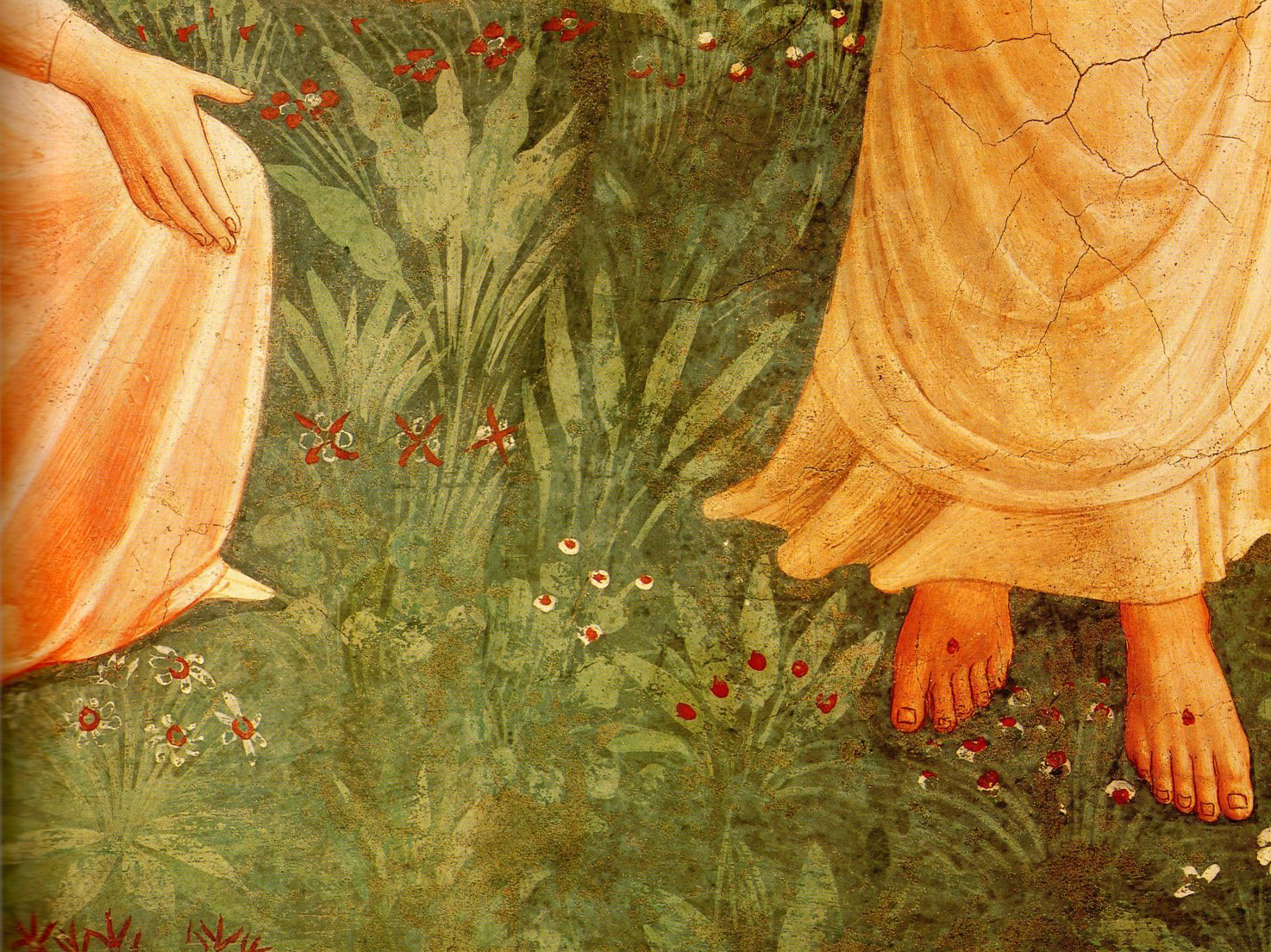
To us the spirituality of Monteverdi’s Vespers, and part of its mystery, is evoked by activities of transfiguration (we understand this is an Orthodox/Alchemical concept — things Monteverdi would have been familiar with). In Vespers the sacred and secular are interlaced, as are the traditional and new — a radical schema in its day. The work begins with a quotation from Monteverdi’s opera Orfeo, yet, unlike the serial working out of the narrative found in his great opera, Vespers seems to present a parallel/simultaneous meditation on the essence of spirit and the sublime, where objects are formations of spirit — God is not “in” things, things are “of” God. The practice of the artist/alchemist/priest (Monteverdi, later in life, was definitely two, and may have been all three) is to evoke this revelation, not through argument, but via experience. In Noli me tangere the dissemblance evokes precisely this.
Lastly, our treatment is inspired visually by the tradition of Vespers as a candlelight/twilight service.
Please play the videos at fullscreen and make sure they are playing in HD.
Movements II-IV played without pauses, including visual crossfades between movements.
II. Dixit Dominus – psalm 109 {Motetto ad una voce}
III. Nigra Sum (Canticle) {Octo vocibus}
IV. Laudate Pueri – psalm 112 {A due voci}
V. Pulchra Es (Canticle) {Motetto à 6}
VI. Laetatus Sum – psalm 121 {A due voci}
VII. Duo Seraphim {A dieci voci}
VIII. Nisi Dominus – psalm 126 {Prima ad una voce sola poi nella fine à 6}
IX. Audi Coelum {Prima ad una voce sola poi nella fine à 6}
X. Lauda Jerusalem – psalm 147 {Motetto à 7 voci}
XI. Sonata à 8 {Sopra Sancta Maria ora pro nobis}
XII. Ave Maris Stella {Hymnus à 8}
XIII. Magnificat {Septem vocibus et sex instrumentis}
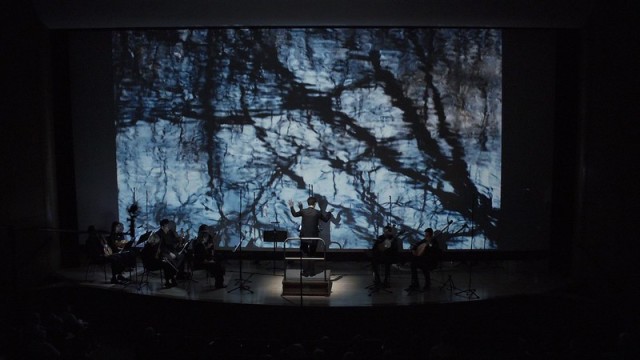
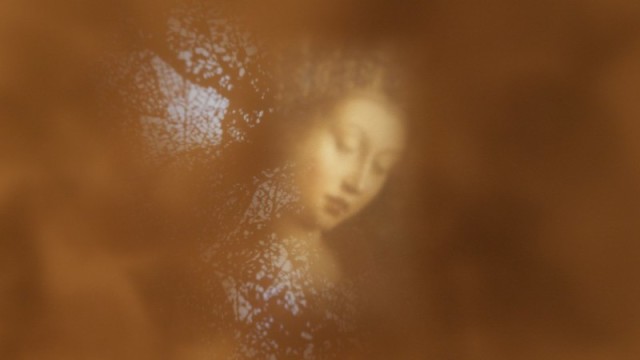

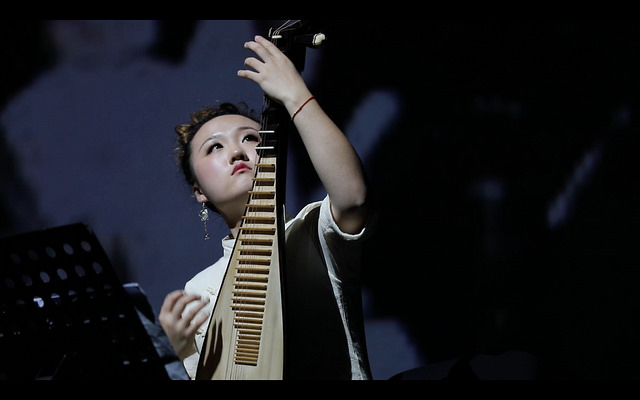

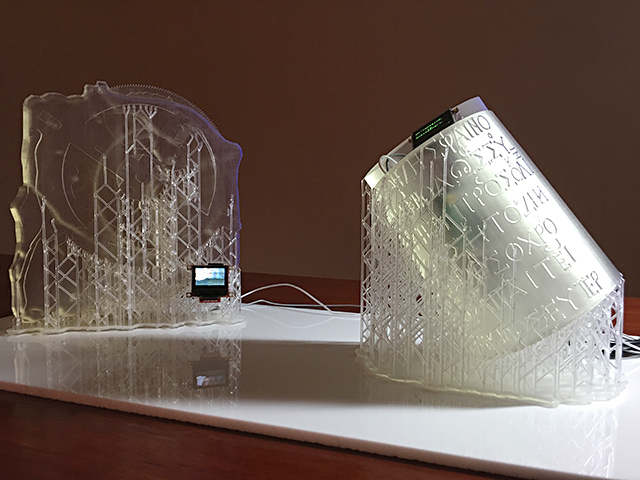
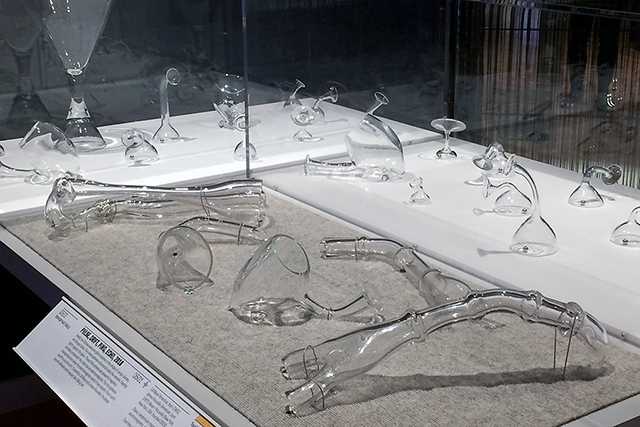
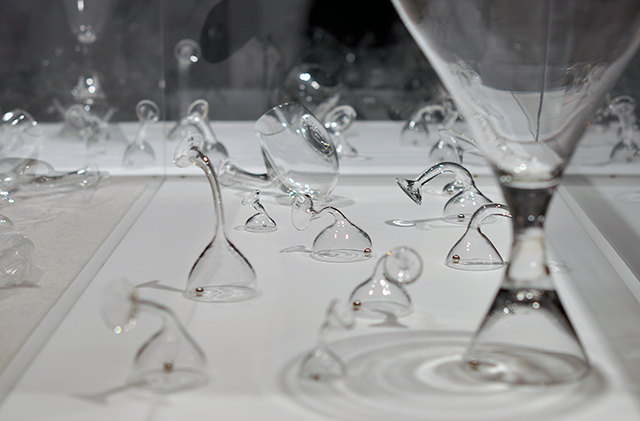
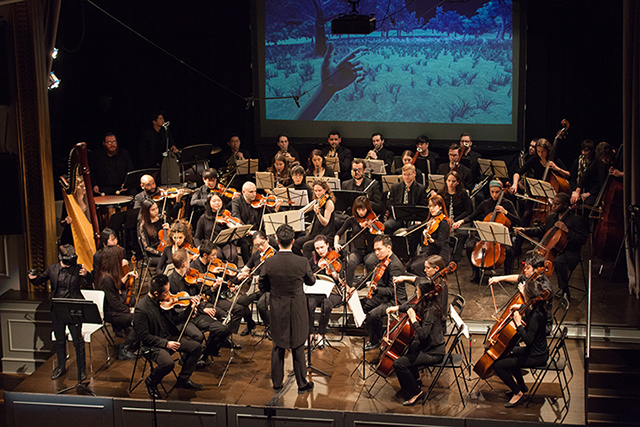 flickr set
flickr set